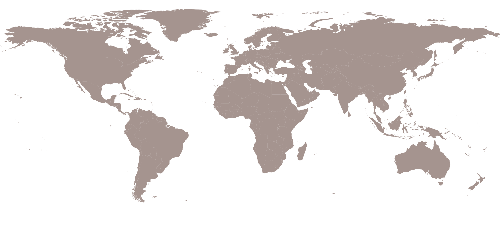Holcim Awards winners for Africa Middle East announced in Casablanca

The winners of the 3rd International Holcim Awards competition for sustainable construction projects and visions from Africa Middle East have been announced at a ceremony in Casablanca. A total of USD 300,000 was presented to ten outstanding projects submitted by architects, planners, engineers and project owners. The winning projects illustrate the broad scope of applying sustainable approaches in construction including school infrastructure, community renewal, urban redevelopment, and energy-efficient design.








